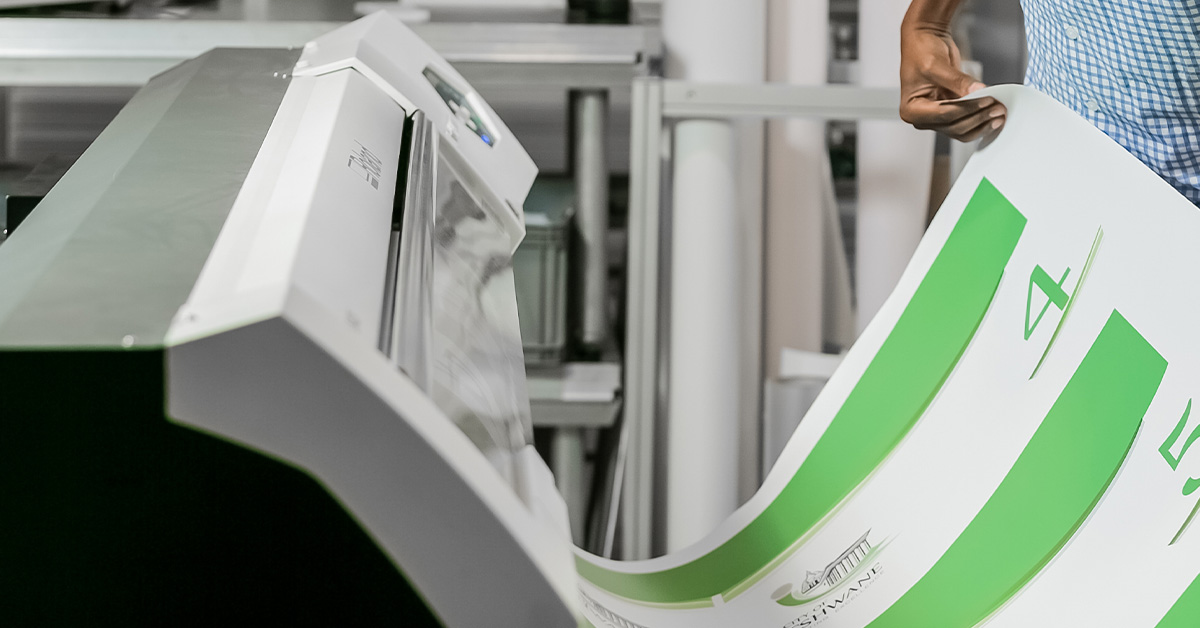Creating print ready files doesn’t have to be difficult. With the right tools and knowledge, you can easily get your designs looking perfect and ready for any publication. Of course, filing techniques vary between different applications but with our guide on how to properly create print ready files, you’ll be able to master this crucial side of marketing in no time!
Understanding the basics of resolution and size
Understanding the basics of resolution and size can often feel overwhelming. With technology advancing so quickly, it can be difficult to keep up with what counts as good quality and what doesn’t. But understanding these concepts is essential for many digital tasks, from creating logos to taking perfect photographs. The best way to start is by thinking about the finished product. You want a crisp image that looks great. That means that all imagery used must be 300 pixels per inch or greater. If you use an image that has a resolution of 72 pixels per inch, your end result will be a very blurry image, especially the larger your print size is.
Choosing the right format for your file
Choosing the right format for your files can be a tricky task to tackle. Will you go with Tif, JPG or PNG for your images? Will you save your print ready file as a vector Illustrator file, A flattened PDF, an editable PDF or an active InDesign file? With so many choices and acronyms, it’s easy to get overwhelmed. Don’t worry – take a deep breath and take some time to research which file type works best for your specific needs. And if in doubt, consult an expert – we’re always happy to help! After all, having the right format ensures that your project will turn out just as you hoped it would.
Naming and organizing your files properly
In these fast-paced times, it pays to organize our files – and especially to name them properly. It’s so easy in the heat of the moment to give a file a name like “File 33337r” or “Thingie,” but that just makes finding it later trickier. And we all know what happens when something is hard to find: it often gets lost forever… and eventually forgotten. So, instead of succumbing to random titling and risking future headaches, let’s go ahead and invest the few extra seconds required in giving each file an informative name. Not only will that save us time in the long run, but it will make us look professional too! Try something like: project_client_date. This is an easy format to remember, helps your stay organized and is easily identifiable.
Selecting a color model that works best for you
When it comes to selecting the right color model for you, it can be a daunting task. With so many different options available, it’s hard to know which one is going to suit your needs best. Fortunately, we are here to help. Let’s talk photos. RGB, also known as standard red, green, black, and should only be used for photographs being used online or printed on a photo printer. Standard printers read in CMYK. What is that you may ask? It stands for cyan, magenta, yellow and black. This means that for all of your standard printing needs, this is the color mode you want.
Double checking your design before submitting it for print
Double checking is an essential and often overlooked step in the production process. Once you submit your design for printing, it’s too late to go back and make corrections – so don’t miss this all-important chance to confirm everything looks just right! Checking for spelling, grammar and punctuation mistakes is especially important, but other things like placement and appearance of text, images and colors should also be checked carefully. Successful designs never happen by accident; they’re achieved through a commitment to excellence that includes thorough reviews before submission. That way, when the design arrives from the printer, you know that what’s delivered is exactly what was intended!
Creating bleed and crop marks to ensure accuracy in printing
If you work in printing or design, then the words ‘bleed’ and ‘crop marks’ are probably part of your everyday vocabulary. While they may seem like unimportant details, these concepts are essential for ensuring print accuracy. Bleed is a printing term that refers to an object or element extending past the trim edge of a page – this is needed so that when you cut down printed material there won’t be any white strip showing along the edges. Meanwhile, crop marks indicate where artwork should be trimmed. These markings must be quite precise since they identify where the cutting machine needs to make its incisions – if they’re not exact enough, your printed documents won’t have neat, even borders. Take it from us: making sure you weave bleed and crop marks into your document preparation is key for producing high-quality prints!
Resolution, File Format, Color Model, and Bleed & Crop Marks–these 5 components when considered together ensure your printed files will look their best. But what about the little things such as naming the file correctly or organizing it properly? Those are often overlooked details that can have a great impact on your success. All these elements should be taken into account before submitting your design to a printer. To summarize, taking the time to pay attention to the basics of resolution, size and color models as well as double checking designs and preparing them with bleed and crop marks will guarantee that your next printed project looks perfect!
At Media Monkey we know all of this information can be downright overwhelming! We are always here to help you. If you have something you want printed and need assistance, please don’t hesitate to reach out. Call us at 833-454-4800 or email us at [email protected].
If you liked this article, then please follow us on Twitter and Facebook.
 1360 Hamilton Pkwy, Itasca, IL 60143
1360 Hamilton Pkwy, Itasca, IL 60143  (833) 454-4800
(833) 454-4800 





